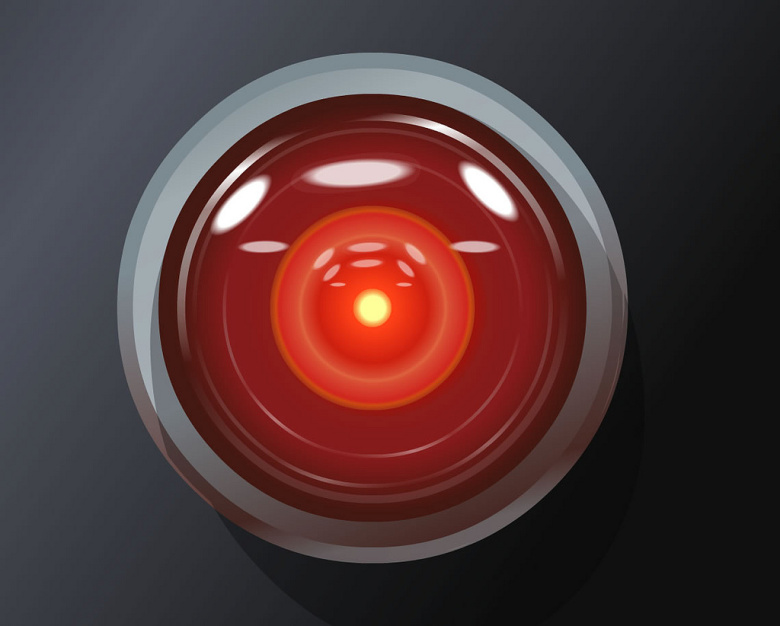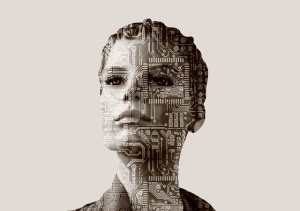Quoc Le and His Quest for the Ultimate AI

 Machines are very good at a great many things. Indeed, computers are better with numbers than human beings could ever hope to be. They can process and store vast quantities of data, but they can only use it to complete operations for which they’ve been programmed to perform. They can’t actually learn from the information they’re given. Quoc Le aims to change that.
Machines are very good at a great many things. Indeed, computers are better with numbers than human beings could ever hope to be. They can process and store vast quantities of data, but they can only use it to complete operations for which they’ve been programmed to perform. They can’t actually learn from the information they’re given. Quoc Le aims to change that.
Machines don’t interpret the world in the same ways that we do. Their input consists entirely of numbers, and they simply aren’t capable of the sort of abstract thought that our brains use to learn about the world. We can take a symbolic representation of a cat – like a drawing or a description – and use that information to identify a real cat – even if we’ve never seen one before.
Before Le came along, machines couldn’t do this. He worked as one of the main coders behind the Google Brain, a system that was able to teach itself to recognize images of cats on YouTube. It’s the search giant’s venture into the realm of deep learning – a field of artificial intelligence aimed at creating machines that work in ways that mimic the human brain – and it’s just the beginning of work that could revolutionize computing.
In addition to his work on Google Brain, Le also developed a system that maps words to vectors, turning them into unique sets of numbers from which a computer can derive information. This system went on to become part of Word2Vec, a system that analyzes the relationships between words and helps to strengthen the “knowledge graph” that Google’s search engine uses to identify connections between related concepts in users’ searches.
That’s just the beginning for Le. He and his colleagues at Google recently published a paper on advanced neural networks – software that’s designed to reflect the networks of neurons used by the human brain – that’s helping to advance another discipline in the field of artificial intelligence known as natural language processing, a discipline that may ultimately allow machines to understand human symbolism, subtlety and even sarcasm. Building upon Le’s word mapping, he hopes to develop systems that can translate more complex ideas into information that a computer can process in much the same way as our brains.
Using things called “recurrent neural networks” – more advanced forms of traditional neural network software – machines could eventually translate entire sentences and paragraphs into numbers that it can sort, group and store. That is, they could acquire and use information just as humans do.
This ability has virtually limitless potential. The world’s most powerful computers could do more than just process and store the incredible amounts of information on the Internet – they could actually learn from it. With the help of people like Le, you could one day ask a question of the world’s smartest computer.
Better still, it might even give you a sarcastic response.
